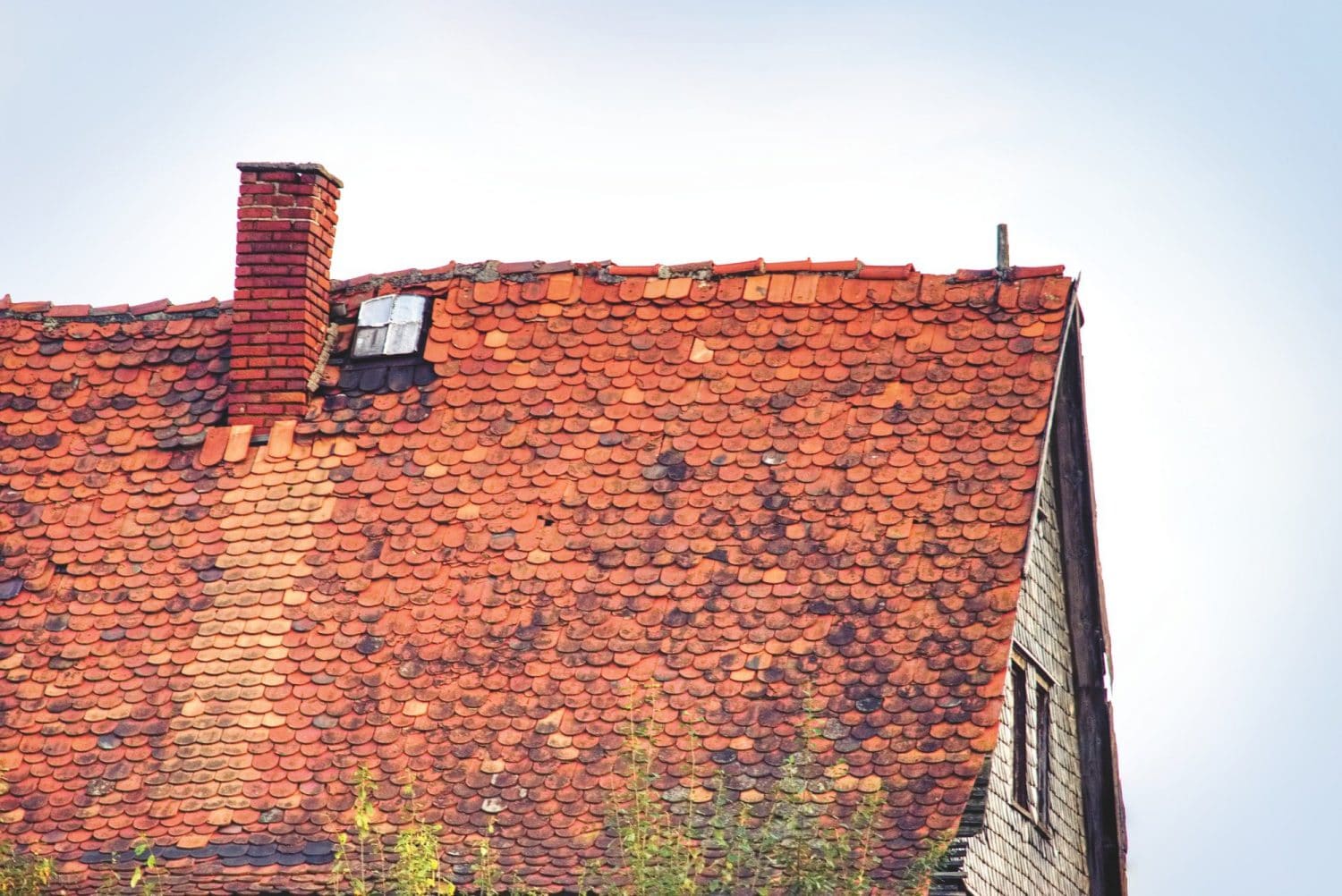Seven Warning Signs Your Roof Needs to Be Replaced
There are seven warning signs that let you know that indicate it’s too late just to repair your roof. It’s now time to replace your roof. The problem with roofs is most people never stop to think about what’s over their head until it springs a leak. If you’ve waited until your roof springs a leak on top of you, you’ve waited too long. The best time to replace your roof is when you can plan and schedule a roof replacement and have time to find the best. It’s when you have time to compare contract prices for labor and materials that you should be looking to replace your roof. The information below will give you the seven warning signs and way forward once you do need to have your roof replaced.
You can use smart technology roofing applications to figure out how to design and build your new roof if you find you need to replace it. But before you start using the latest and greatest smart technology applications to design your new roof there are things you should check first. For instance, there are seven warning signs to look for that can help you not be in a state of emergency when you’re replacing your roof. These seven warning signs let you know may not be able to repair your roof anymore. It’s now time to replace your roof.
1. Water Spots on Your Ceiling
Water stains on a ceiling in your home is an obvious sign there’s a problem with your roof. If you deal with it sooner rather than later, you may be able to ward off having to replace your whole roof. There are so many things that can cause a roof leak, and sometimes you need a roofing expert to help you pinpoint where the real issue is. When you use a roof inspection professional you want to make sure they tell you where they think the leak is coming from and what you need to do about it.
2. Shingle Granules
You’re not alone if you’ve never heard of shingle granules. But, when shingle granules start filling up your gutters, you already have an issue with your roof. Shingle granule loss is very common with asphalt shingles. A little bit here or there doesn’t mean much. When you start noticing a significant amount of granules in your gutters or downspouts, you need a professional roof inspection expert to visit you. Sometimes a severe storm may cause some granule loss, and the older your shingles are, the more storms start ripping roofing granules off in bits and pieces. It may be time to replace your roof before the next big storm comes your way.
3. Dark Spots on Your Roof
You may think you see a few dark spots on your roof when you drive into your driveway and look at it. The next time you look, you think the sun is playing tricks on you. Chances are you’re noticing a dirty looking spot or fungus that’s now growing on your roof. Sometimes the spots are caused by a roof retaining moisture, and sometimes it’s because your roof doesn’t get enough sunlight to dry out completely. But. if after an inspection with a roofing expert they tell you your roof is retaining moisture, then it’s time to replace your roof.
4. Roof Flashing and/or Damaged Chimney
Roof flashing almost always happens around the base of your chimney if you have a chimney on your roof. The flashing is usually made up of roof cement or even tar. There are times when you can just fortify your flashing area with more durable metal. There are times when you need to have the whole roof replaced due to the water damage that is occurring. The water damage is making your roof more vulnerable to failing.
5. Buckling Roof Shingles
You’ve probably noticed it on someone else’s roof from time to time. It’s when you see shingles buckling or curling. When you think you see it on your roof you need to go to the side of the house that receives the most direct sunlight. If you notice any shingles that are curling or frayed at the edges in that location, there’s a problem with your roof. Again, a professional roofing contractor can let you know if you need your entire roof replaced.
6. Daylight Through the Roof Into Your Attic
When you go up into your attic, and you see daylight streaking in from the roof, there’s an issue. If your home or roof is new, there could be a roof defect. You need to have the people who installed your roof, come back, and fix the defect. If your roof or home is older, then there’s something else at play that may require you to replace your roof. Especially if when you climb on the roof and feel a bounce when you walk. There’s moisture in the roofing insulation or the roof boards. Either way, it’s time to get your roof replaced.
7. Your Roof is Old
The average lifespan of a roof is about twenty to twenty-five years. If you’ve already had certain parts of your roof replaced, it may now be time to replace the whole thing. If a new roof was installed over older roof layers then you may have to gut your roof and start from the beginning.
Replacing Your Roof Today Gives You Peace Tomorrow
No one wants to have to replace their roof. But, it’s better to replace it now while you still have some life and functional components in your roof. It’s never a good thing if you wait until the roof is falling in all around you, or you have any of the above seven warning signs come alive while the roof is over your head every day and night.
There’s no time like today to have your roof inspected by a professional roofing expert and perhaps replace your entire roof. When you want to find the best roofing experts near you, we have the place you can go and find them.


